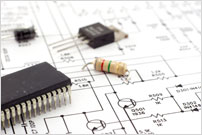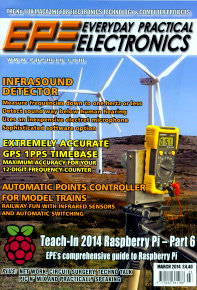March 2014 Issue
A summary of this month's contents.
Infrasound Detector
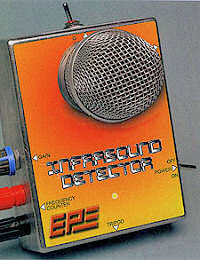
Many environmental phenomena produce ultra low-frequency sounds, including wind turbines, buildings excited by winds, or vibrations created by traffic, generators or other machinery. This can induce all sorts of sicknesses in humans including vision and memory problems, headaches, nerves and other major disorders.
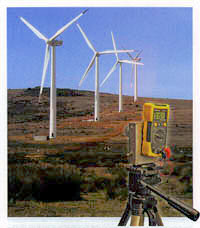
It’s hard for humans to hear sounds at sub-sonic levels (say < 20Hz) and special measuring instruments can cost a fortune. Thanks to this Infrasound Detector, low frequency sub-audible sounds can now be measured using a modified high-quality amplifier project and a direct frequency-reading multimeter. Computer analysis using spectrum analyser software is also described.
GPS 1PPS Timebase for a Frequency Counter
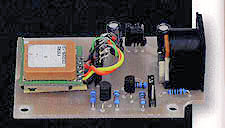
If you built the 12-Digit High Resolution Frequency Counter (Jan. and Feb. 2014 EPE) then this optional add-on module will be of interest! It uses a GPS receiver module to provide near atomic-clock precision for your readings.
High-Energy Electronic Ignition System (Part 2)
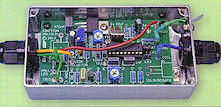
In Part Two this month, the assembly details for no less than six different versions are described to suit your car’s trigger input, including Reluctor, Hall Effect, Points and an ECU/ coil tester version.
![]() Not suitable for magneto or CDI systems.
Not suitable for magneto or CDI systems.
Automatic Points Controller for Model Railways
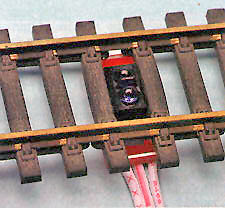
For model railway enthusiasts, this project uses two IR sensors to detect an approaching train and then automatically switch a set of points to suit the track on which the train is travelling. This avoids any risk of accidental derailments. Can also be used for automated sidings points control and other applications. It controls a standard twin-coil snap-action points motor. Not suitable for reversing track systems containing more than one set of points, eg a WYE network.
Teach-In 2014 Raspberry Pi (Part 6)
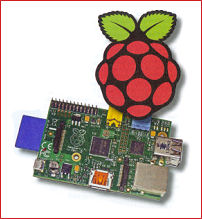
This month we take a look at the Raspberry Pi’s I2C interface. Our PI Project describes a simple I2C digital to analogue converter. More Python tips and tricks are included, along with details of a PSU salvaged from a scrap PC. An expertly-written series for Raspberry Pi lovers eveywhere.
Also in this month's issue:
- Max’s Cool Beans Blog – Max digs deeper into his Arduino-based endeavours, including building an Infinity Mirror LED effect.
- Techno Talk describes the very latest in superconductor developments, plus news of laptop PSU standardization.
- Practically Speaking – our workshop column checks out hard-wiring and how to wire screened cables.
- PIC n MIX demonstrates a simple Kitchen Timer project using the PIC18 prototyping board described in earlier columns.
- Circuit Surgery – it’s back to basics with Part One of an in-depth MOSFET primer.
- Net Work – the Internet column offers the prospect of Samsung’s Smart Home of the future and Samsung’s TecTile NFC tags.
You can order a printed copy of EPE for delivery to your door (worldwide), or try the PDF Version (needs Adobe Reader for Windows), or the Pocketmags for your mobile device. Subscribe now!
Source code file 0314.zip (Updated 9/4/2014)
PCB artwork
As from July 2013 issue PCB artwork is available free to subscribers only.
Non-subscribers may purchase artwork files for a nominal sum. Please contact our Orders Dept for information or to place an order.
EPE Printed Circuit Boards
We can supply ready-made printed circuit boards (8-digit order codes) to the original design specification via mail order or from our Online Shop.

